National Park Passport Stamps obtained at this park
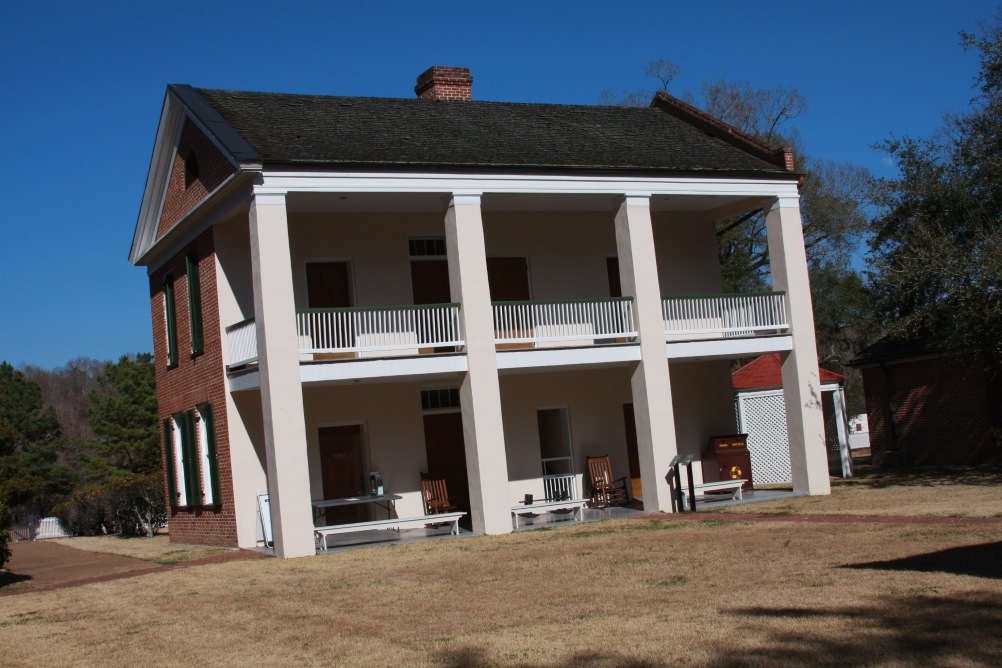

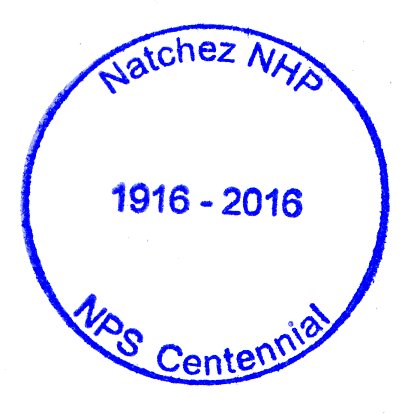
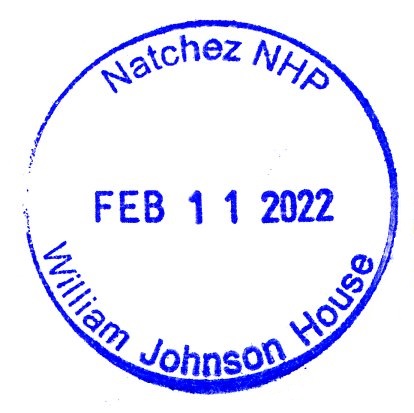
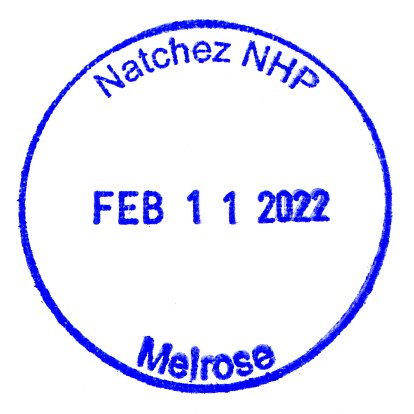
Official Park Visit Number: 19 of 433
Parks Remaining: 414
Location: Natchez, MS
Arrival Date: Feb 11, 2022
Passport Region: Southeast
Read my blog entry about this location.
See more photos that I took here.
Read my blog entry for this park.
Click on the park name to visit the NPS official park webpage.
The city of Natchez, Mississippi was at one time one of America's most prosperous cities. Sadly, that prosperity came from being a major slave trading center. After the U.S. outlawed the "importation" of humans for slavery, such activities no longer needed to be near the coasts and moved inland. Natchez had the advantage of being on the Mississippi River.
I was a bit underwhelmed by this park unit. I appreciate that the intent was to highlight what the city of Natchez was historically (and in a way, show the price they paid for that way of life). Information is the primary feature of this site, as opposed to physical objects.
That isn't to say there were no places to see. There are four primary parts to the park: a booth inside the city's Visitor's Center where pamphlets and Passport stamps are available; the remnants of an old French fort along the river; a house in the downtown area; and another old plantation on the outskirts.
The old fort was a block from the Visitor's Center. Much of it has been taken away by the river and time, leaving what simply appear to be hills as remnants. As my legs were really hurting, I chose not to climb the embankments, but walked the sidewalk along side, reading the various informational signs.
The downtown house was owned at one time by a prominent and successful black businessman, providing some irony given the city's former business. Unfortunately, the building was closed due to some virus.
I did stop by the plantation and wandered the grounds briefly. Having seen plantations along the Atlantic coast on my prior trip, I was finding that they were becoming tedious, all with similar traits and features: a nice mansion owned by generally evil people, the slave quarters, the stables, and a few other support buildings. I didn't stay long.
What happened to Natchez? As a major slave trading center, one might think that local businessmen would have rejoiced at Mississippi's succession from the Union and the establishment of the Confederate States. They did not. Most realized that the South would likely lose a prolonged war against the Union, and that loss would destroy slavery and their way of life. They were dead-on correct, as Natchez became a shell of its former self, and Mississippi became one of the nation's poorest states.
The Natchez Trace Parkway and Natchez Trace National Scenic Trail both end (or start) here and both are part of the Park Service. However, when I officially visit those sites, it will likely be from their other end, in Tupelo, Mississippi, making it unlikely I will be back in Natchez.
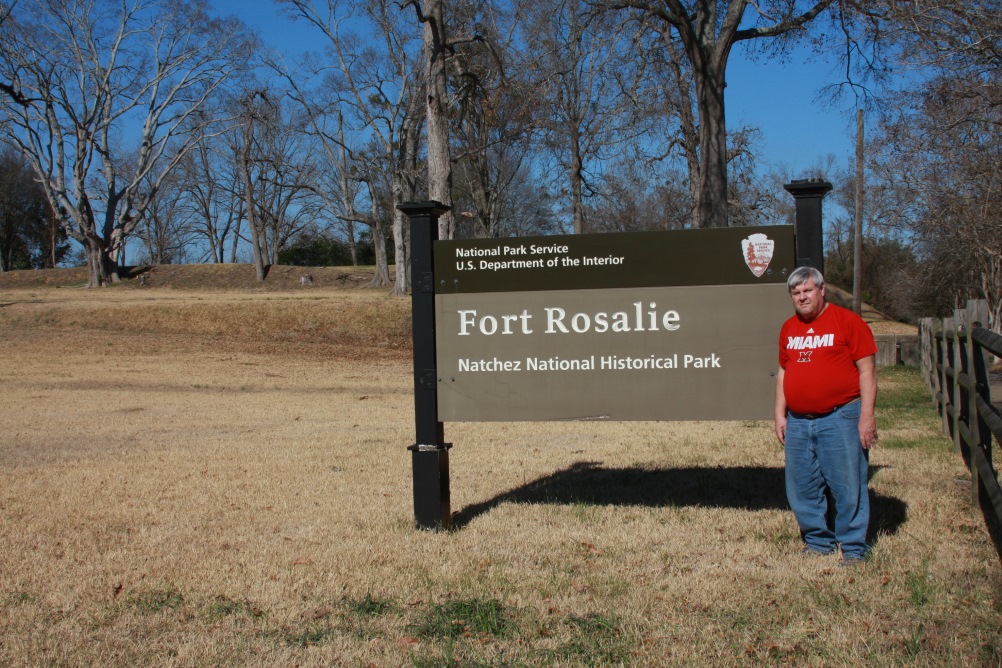
©2023 SKM All text and photos not otherwise credited